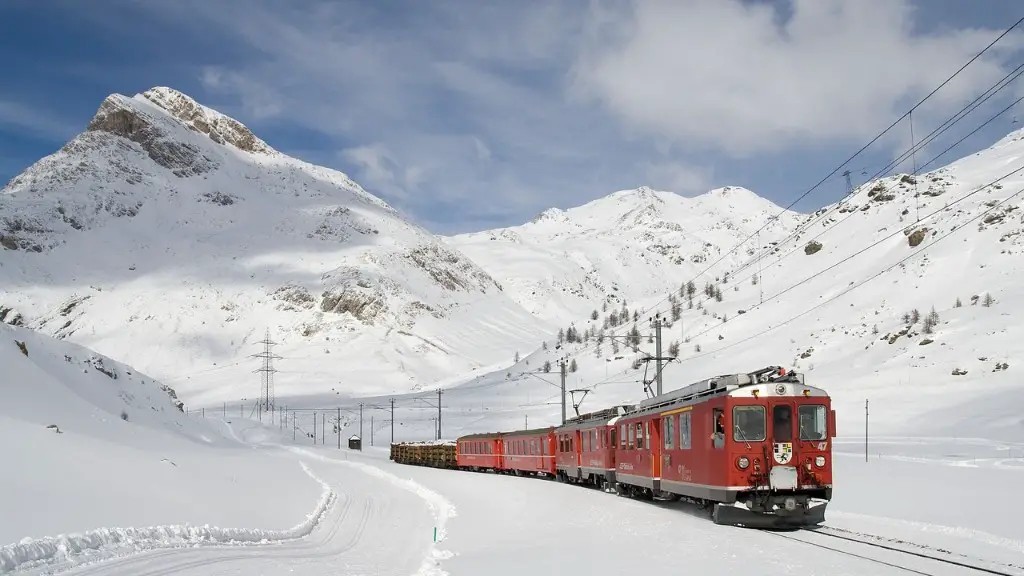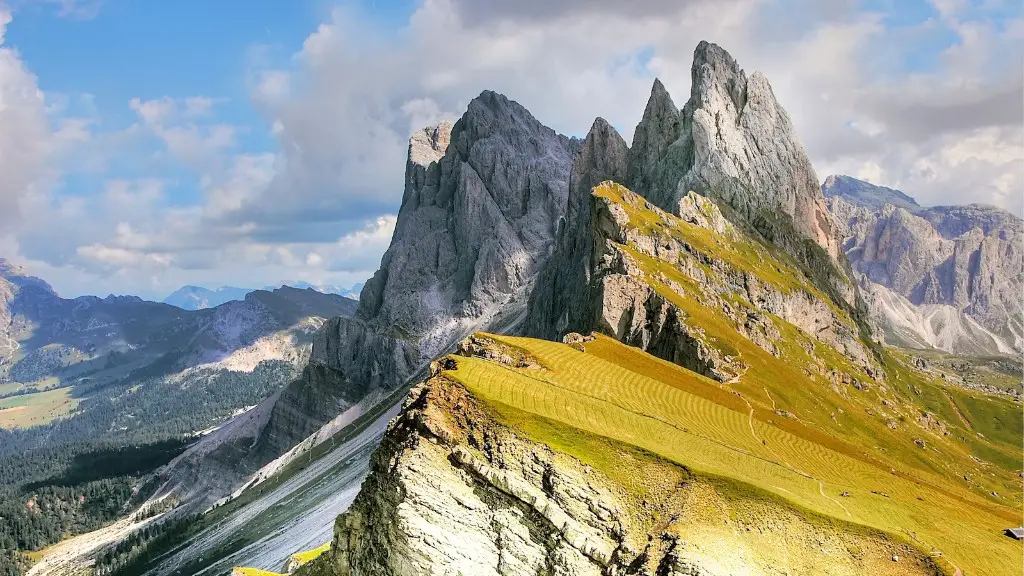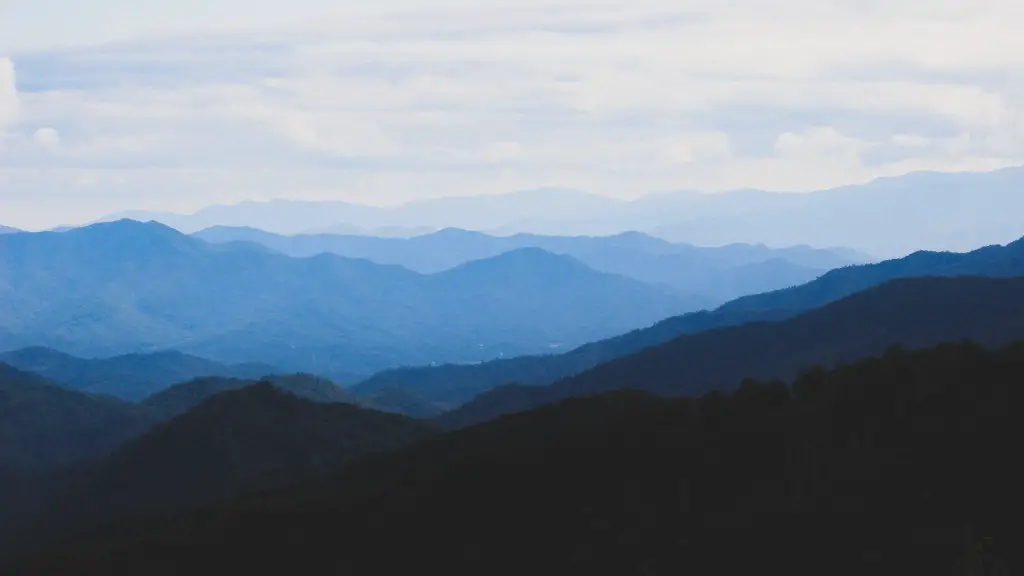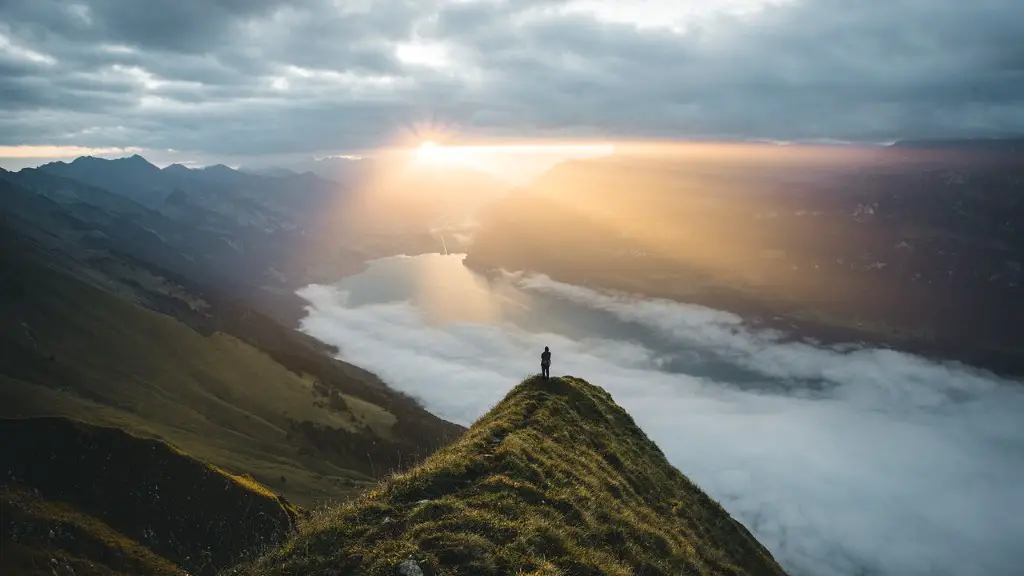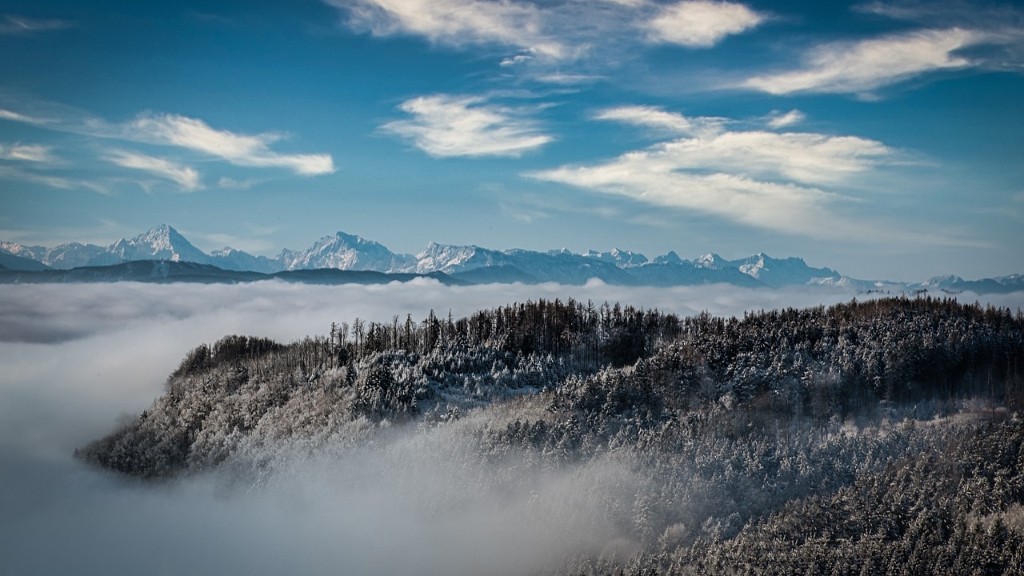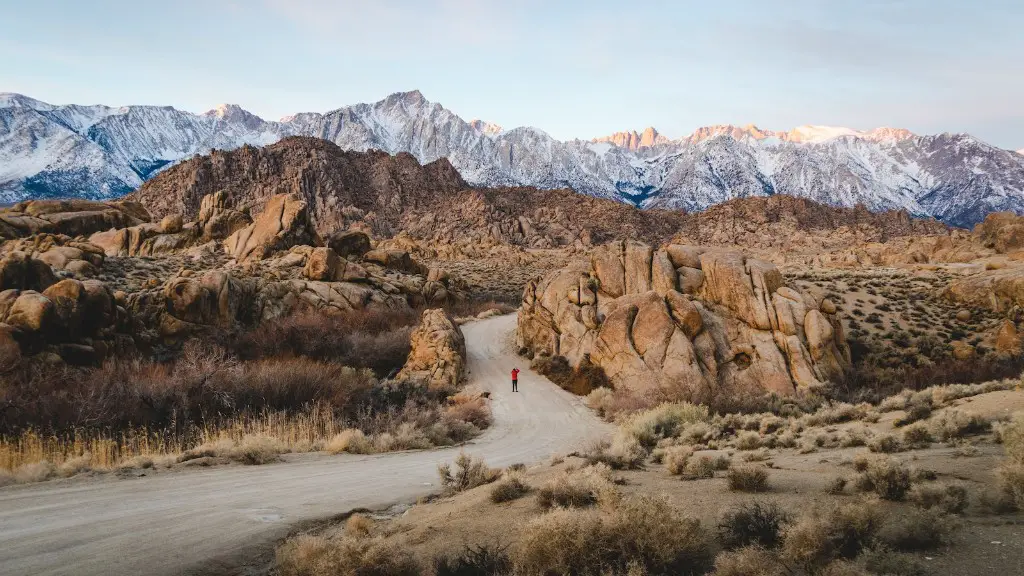Mount Kilimanjaro is one of the world’s most recognizable mountains, and for many people, it is a lifelong dream to climb to the summit. Although it is possible to summit Kilimanjaro in a single day, it is recommended that climbers allow for at least five to seven days to complete the climb. This gives climbers a better chance of acclimatizing to the high altitudes, which can help prevent altitude sickness.
How long does it take to climb Mount Kilimanjaro? It depends on which route you take, but most people take 5-9 days to summit.
Is Mt Kilimanjaro hard to climb?
“Mountain sickness” is a general term used to describe a number of conditions that can occur when you ascend to high altitudes too rapidly. The most common symptoms are headache, nausea, fatigue, and lightheadedness. If you’re planning to climb Mount Kilimanjaro, it’s important to be aware of these potential risks and take steps to minimize your chances of getting sick.
There are a few things you can do to prepare for your climb and reduce your risk of mountain sickness:
1. Get a medical checkup. Make sure you are in good physical health before attempting such an strenuous activity.
2. Gradually acclimatize to the altitude. If possible, spend a few days at lower altitudes before climbing to give your body time to adjust.
3. Drink plenty of fluids. Dehydration can contribute to mountain sickness, so it’s important to stay hydrated.
4. Avoid alcohol. Alcohol can dehydrate you and make it more difficult for your body to adjust to the altitude.
5. Eat light, high-energy foods. Avoid heavy meals that can weigh you down and make it harder to breathe.
If you start to experience symptoms of mountain sickness,
If you’re looking to climb Mount Kilimanjaro, you should plan on spending at least five days on the mountain. However, a minimum of six days, and ideally seven or eight, offers a far better chance of reaching the summit. For those with more time to spare, there are several more gradual and scenic ascent routes that can be done over 10 or more days. No matter which route you take, make sure to be well prepared for the altitude and the challenges of the climb.
Can you climb Kilimanjaro in 3 days
The Marangu Route 3 Days is a great trip for beginners or those who are short on time but still want to experience the beauty of Mount Kilimanjaro and Tanzania. The trip takes 3 days of climbing and 2 overnight stays, and it is a great way to see some of the most stunning scenery in the world.
It is recommended that you take five to nine days to hike to Mount Kilimanjaro Summit Uhuru peak and descend to the Finish point. The more days you spend on the mountain acclimatizing, the better your chances of reaching the top and you will be less fatigue.
Do you need oxygen to climb Kilimanjaro?
Kilimanjaro’s altitude is a significant challenge, but climbers do not need supplemental oxygen to climb Kilimanjaro or reach the summit. To reach the summit, you use the acclimatization method of walking slowly “pole pole” and climbing high during the day, but sleeping at a lower altitude at night. This allows your body to slowly adjust to the thinner air and reduces the risk of altitude sickness.
Mt. Kilimanjaro is one of the tallest mountains in the world and is a popular destination for climbers. Although it is possible for beginners to climb Kilimanjaro, it is important to be aware of the conditions, seasonal climates, costs, and requirements before attempting to do so. Beginners should also be aware that the summit is a challenging hike, even for experienced climbers.
Is Everest or Kilimanjaro harder?
Kilimanjaro is generally considered to be the harder of the two treks, with the main reason being summit night. While there are aspects of the Everest Base Camp trek that are harder than Kilimanjaro, the general feeling is that Kilimanjaro is the more difficult of the two.
The average cost to climb Kilimanjaro is $2000 to $6000, the price varies from cheap, budget operators to large Western travel agents selling outsourced climbs at an inflated price There are various, unavoidable fixed costs to any tour operator and if a climb seems too cheap, you’ve got to ask yourself why. Any reputable operator will be upfront about their costs and should be able to give you a breakdown of where your money is going. If an operator is being cagey about their costs or is selling an all-inclusive price that seems too good to be true, be wary.
Can you climb Kilimanjaro without training
If you are not in good shape, it is advised that you begin training for your Kilimanjaro climb many months in advance. This is because the hike is fairly strenuous and requires a good level of fitness. However, no specialist climbing skills are necessary for the hike itself.
A lot of people underestimate how difficult it is to climb Mount Kilimanjaro. The success rate for reaching the summit is only around 66%. And the group that we would expect to have the highest success rate (young males between 20 and 30) actually fail more than we’d expect. So, if you’re thinking about climbing Mount Kilimanjaro, be prepared for a challenge. But the experience is definitely worth it.
What is the success rate of climbing Kilimanjaro?
Mt Kilimanjaro is one of the most popular mountains in the world, with an estimated 50,000 trekkers each year. However, according to research published by the Climb Kilimanjaro Guide, the average summit success rate across all climbers and routes is only 65%. Therefore, it is important to be prepared before embarking on a trek to the summit.
A full day of trekking is a long and tiring undertaking, but is necessary to cover the 112 miles/ 181km 1,245m/ 4,084 feet up the mountain from Barafu or 1,095m/ 3,592 feet up from Kosovo Camp to the summit. You then have 2,795m/ 9,169 feet down hill all in the same day, which can be even more exhausting. However, the views and accomplishment of such a feat are well worth it.
How cold is it climbing Kilimanjaro
The temperatures on Mount Kilimanjaro are determined more by the altitude and time of day. At the base of the mountain, the average temperature is around 21 to 27 degrees Celsius and at the summit, Uhuru Peak, the night time temperatures can range between 20 and -20 degrees Fahrenheit (-7 to -29 degrees Celsius).
Uhuru Peak is the highest peak on Mount Kilimanjaro, at 5,895 metres (19,341 ft) above sea level. Although Uhuru Peak is not the tallest mountain in the world, it is still a challenging climb. The ascent to Uhuru Peak is more difficult than the ascent to Everest Base Camp, which is only 5,364 metres (17,598 ft) above sea level. This is because you have to climb half a vertical kilometre higher on Mount Kilimanjaro to reach the summit.
What month is best to climb Kilimanjaro?
Although it is not the rainy season, you should still be prepared for some rain and wet conditions. The temperature at the summit can also be very cold, so make sure you pack appropriate clothing. January and February are still considered the best months to climb Mount Kilimanjaro.
The Western Breach area of Kilimanjaro is known to be dangerous due to the risk of rock falls. This has led to tragic deaths in the past and it is therefore not recommended to travel on this route. There are no such risks on the other routes up Kilimanjaro, so it is best to avoid the Western Breach Route.
Final Words
Mount Kilimanjaro is the tallest mountain in Africa, and it takes most climbers about six to seven days to reach the summit.
It takes approximately six to seven days to climb Mount Kilimanjaro.
